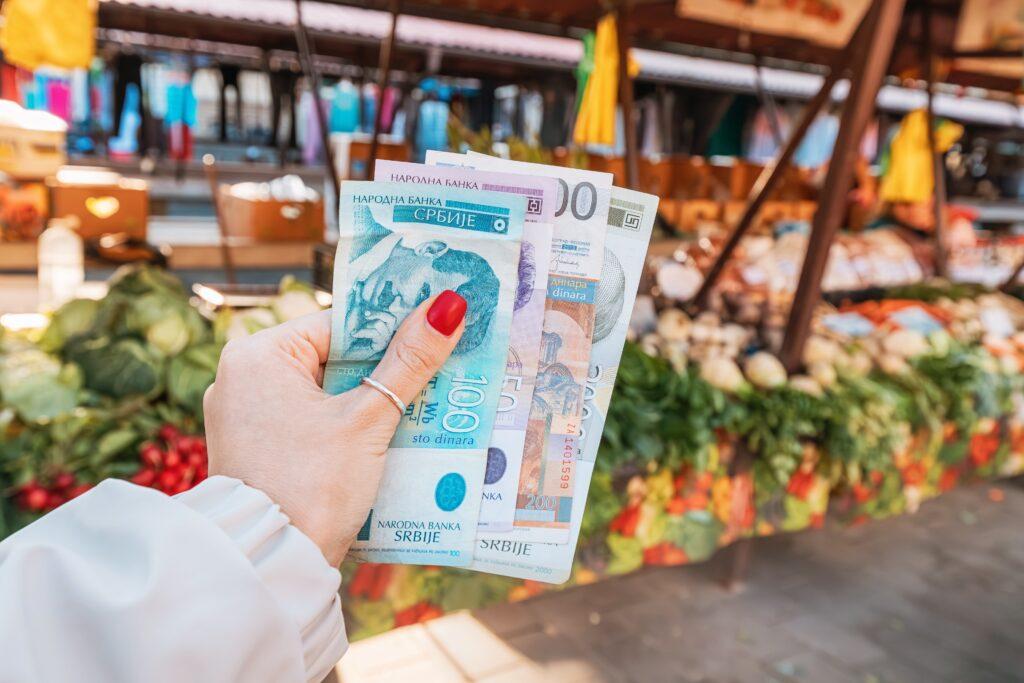
Serbia currency tips for a smooth trip
Planning a trip to the Republic of Serbia is all about soaking up vibrant cities, stunning landscapes, and delicious food.
But before you set foot in Belgrade or wander the cobbled streets of Novi Sad, you need to know about the official currency and how to handle it with confidence.
This guide offers everything from practical tips to quirky facts so that your travel money works as smoothly as your itinerary.
What is the currency in Serbia?
The currency in Serbia is the Serbian dinar, often written with the Serbian currency symbol “RSD,” which is also the Serbian dinar currency code.
When you see prices in shops, restaurants, and markets, they will be displayed in dinars.
You might also hear locals just say “dinara” in everyday conversation. This is the only currency accepted for everyday transactions across the country.
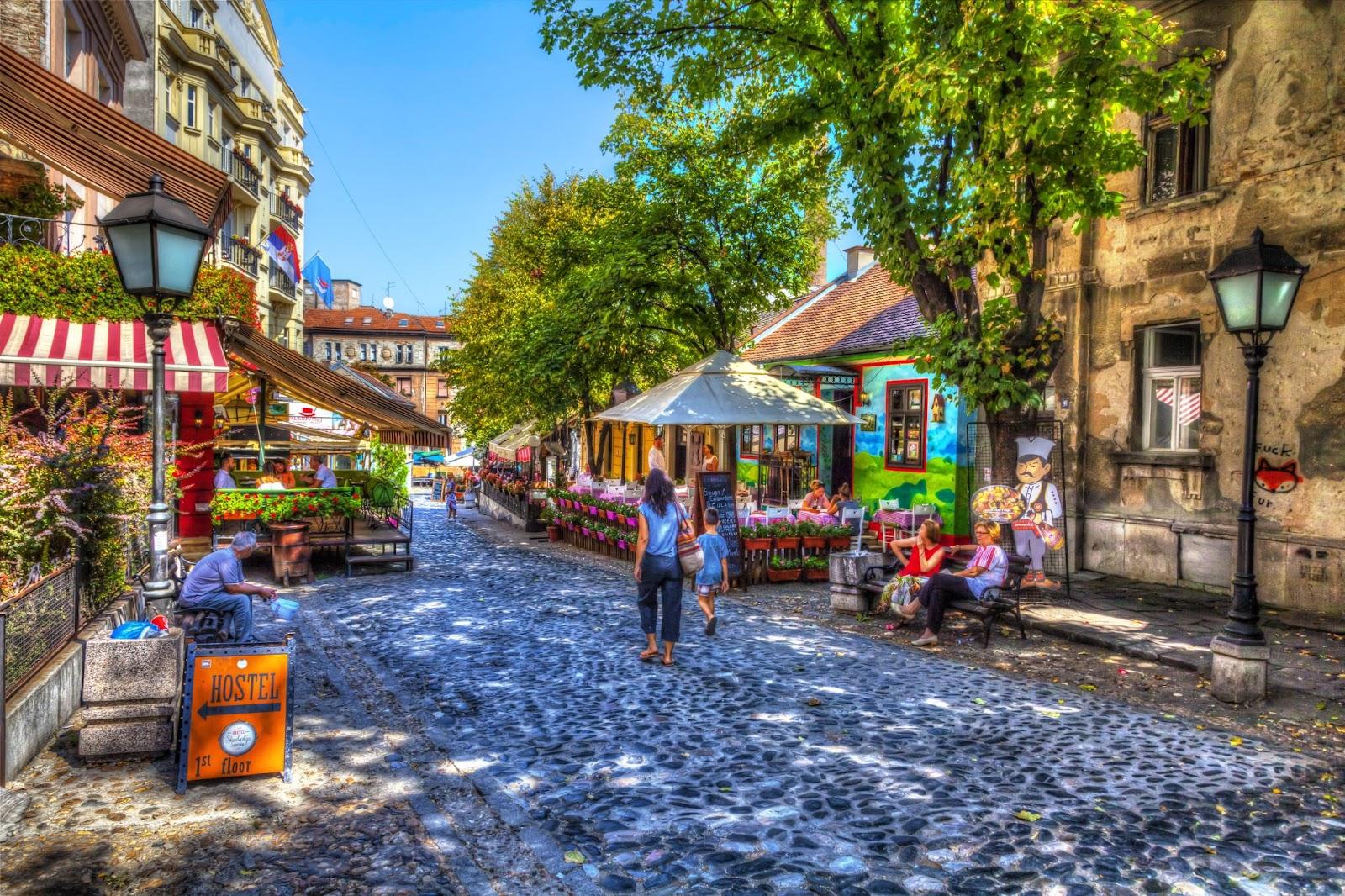
A short history of the Serbian dinar currency
The Republic of Serbia currency has a rich history, dating back centuries.
Over time, it has been influenced by rulers, wars, and economic changes.
The current design includes figures like the king of Serbia’s past, celebrated philosopher Dositej Obradović, and the composer Stevan Stojanović Mokranjac. You will also spot the astronomer Milutin Milanković on some banknotes.
Historians note that each portrait reflects Serbia’s cultural pride, and even the kingdom era left its imprint on the new Serbian currency designs.
Serbian dinar banknotes and coins explained
The most common denominations of Serbian dinar banknotes are 10, 20, 50, 100, 200, 500, 1000, 2000, and 5000 dinars.
Serbian dinar coins are available in smaller values, such as 1, 2, 5, 10, and 20 dinars.
Each note features detailed artwork, and the coins display national symbols and iconic places. If you love design, Serbian money is a treat for the eyes.

Is the Serbian dinar a closed currency?
Yes, the Serbian dinar is a closed currency, which means you cannot easily buy it outside the country except through specialist providers like Manor FX.
It also means you should avoid taking large amounts out of Serbia without declaring them at customs.
Serbia currency to GBP: Converting pounds to dinars
When you look at RSD to GBP rates, you will see that the exchange can be very favourable for British travellers.
Whether you check the Serbian currency to GBP or Serbian currency to pound values, it is worth comparing providers.
Converting from the British pound at the right moment can give you more dinars in your pocket.

Serbian dinars and the exchange rate
Serbian dinars move with the market, so checking the exchange rate before you buy is smart.
The national bank publishes daily rates, but these are reference values rather than what you will get at a counter.
The best time to exchange might be midweek, when rates are steadier, although this can change depending on demand.
Buying Serbian currency before you travel
If you buy Serbian currency before you go, you will have cash ready for taxis, snacks, or tips the moment you land.
Serbian currency exchange options at airports often have higher fees, so using a foreign currency specialist like us in advance can save you money.
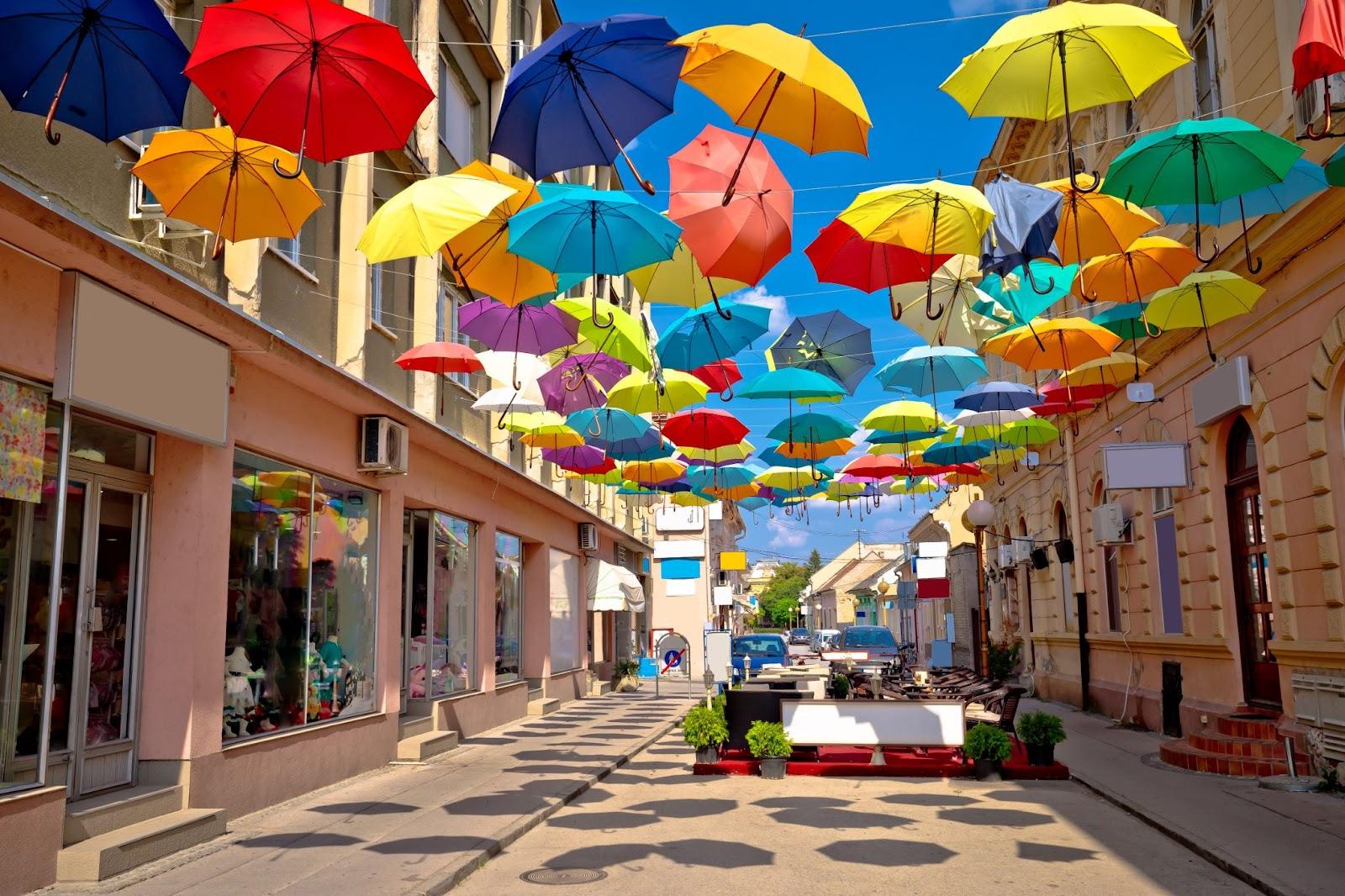
Card payments
Many hotels, shops, and restaurants accept card payments, but small cafés and markets may prefer cash.
Fun Serbian currency facts you’ll love
- The 20 dinars coin is one of the most widely used in daily life.
- Banknotes often feature important cultural figures and places, and you might notice that some designs change depending on the day of the week they were printed.
- Numerous artistic details are present, and it is easy to get hooked on spotting them.
- Collectors often set aside mint-condition notes as keepsakes.
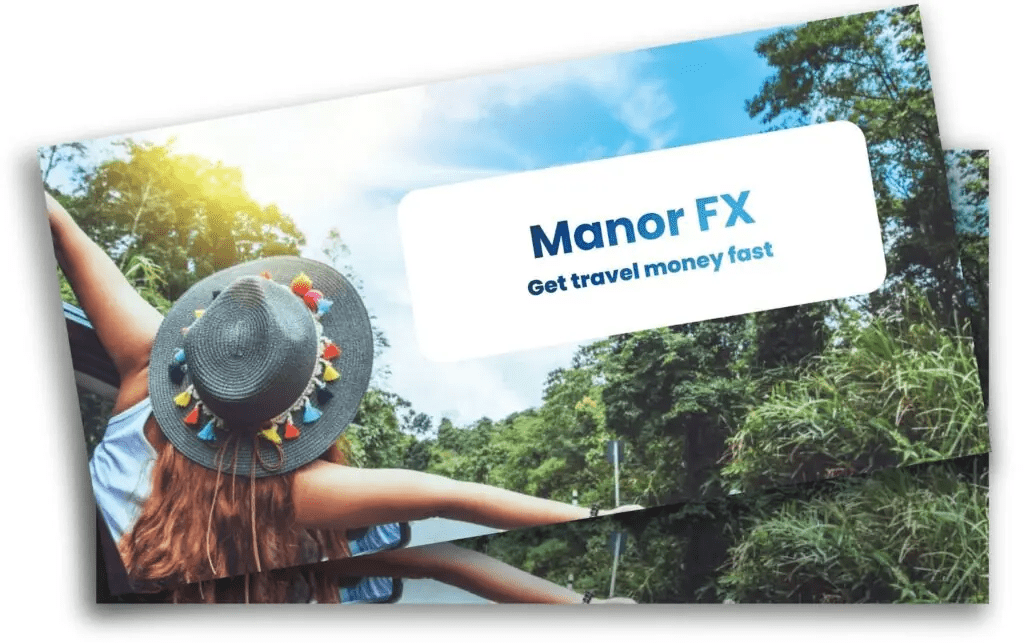
How to get your currency with Manor FX
Ordering your Serbian dinars from Manor FX is quick and secure.
You select the amount you need, confirm your details, and pay by card or bank transfer, or choose to pay on collection.
Depending on your plan, your currency can be delivered straight to your door or packed in a money-safe envelope. You can also click and collect.
This way, you start your trip prepared and stress-free.
Currency tips for trips to neighbouring countries
If you are exploring the Balkans, you will find that Montenegro uses the euro, and Hungary’s official currency is the Hungarian forint.
Knowing these differences saves you from scrambling for change at borders.
A little planning can help you glide between destinations without a hitch.
Wrapping up your Serbia travel prep
Now you know everything from the currency for Serbia to the currency of Serbia, and even a few fun facts about Serbia’s own banknotes and coins.
Whether you are there for the history, food, or nightlife, sorting your money before you go ensures you spend more time enjoying the journey and less time hunting for an ATM.
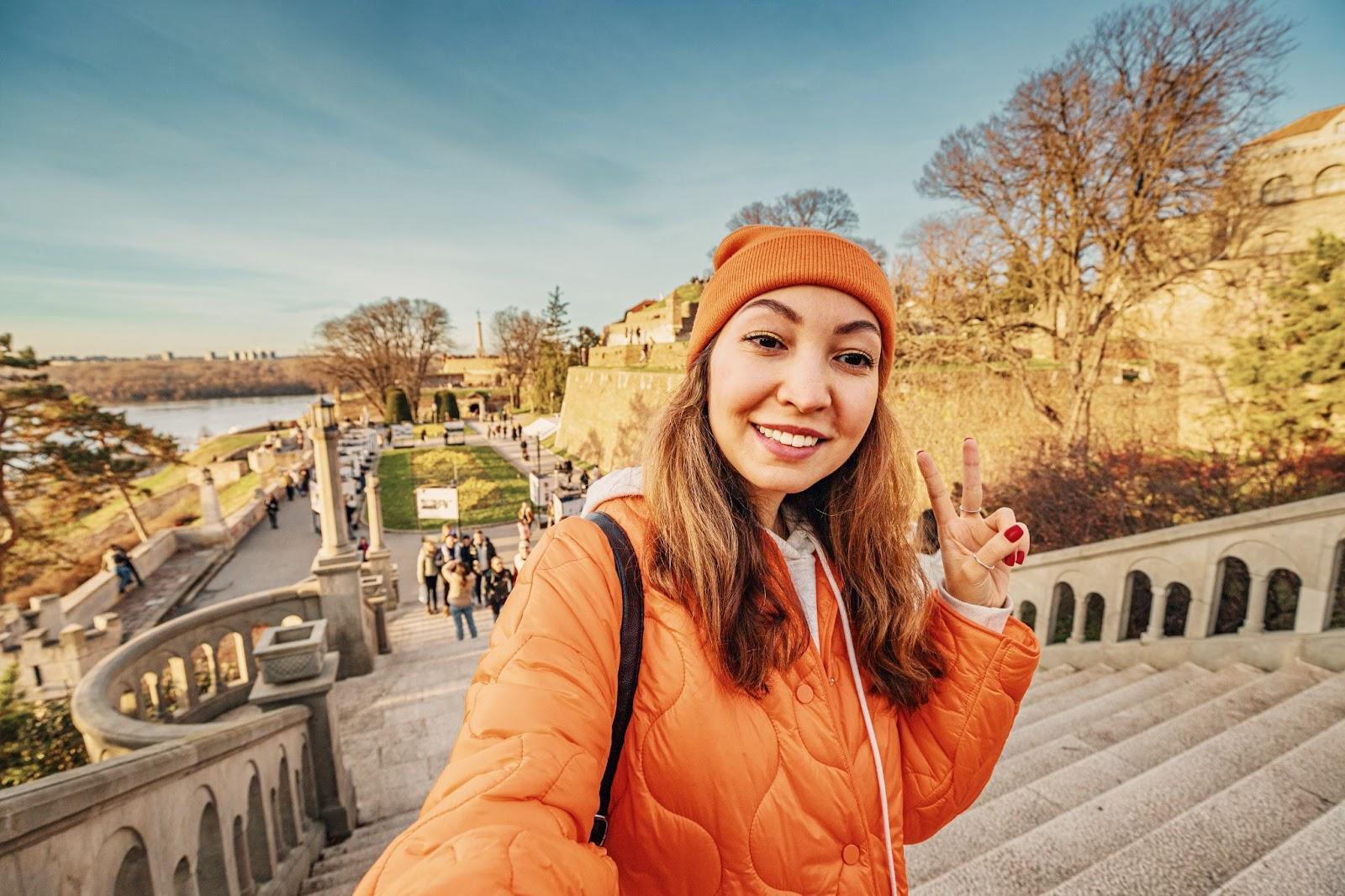
FAQs
Does Serbia use the euro?
No, Serbia does not use the euro. The official currency of Serbia is the Serbian dinar (RSD).
While some hotels and tourist spots may accept euros, you will usually need Serbian dinars for everyday payments.
Exchange your British pound or other foreign currency before travelling for the best exchange rate.r
What currency is best to take to Serbia?
The best currency to take to Serbia is the British pound or euros, which you can exchange for Serbian dinars (RSD) on arrival or before you travel.
Buying Serbian currency in advance often gets you a better exchange rate and ensures you have cash ready for everyday payments.
How much is 100 dinar in GBP?
Depending on the current exchange rate, 100 Serbian dinars (RSD) are usually worth less than £1 British pound.
To know the exact value, check a reliable Serbian currency to GBP converter before you travel or buy Serbian currency. Rates can change daily, so timing your purchase matters.
What is the new currency of Serbia?
The new currency of Serbia is the modern Serbian dinar (RSD), issued by the national bank.
This official currency replaced older versions and features updated Serbian dinar banknotes and coins.
The currency of Serbia includes unique designs celebrating the Republic of Serbia’s history, culture, and important figures on each denomination.